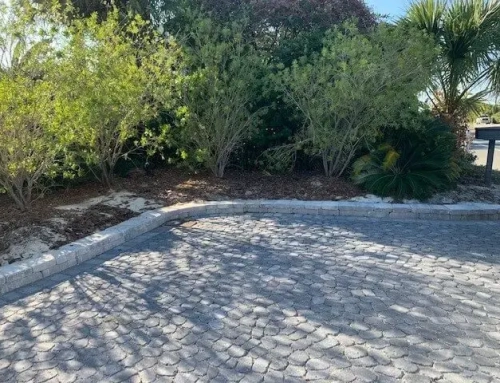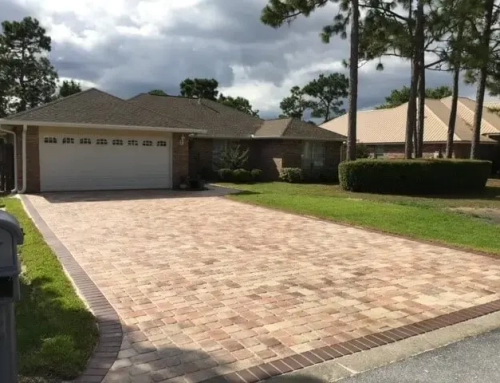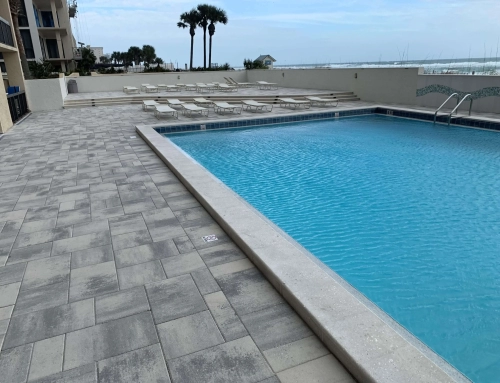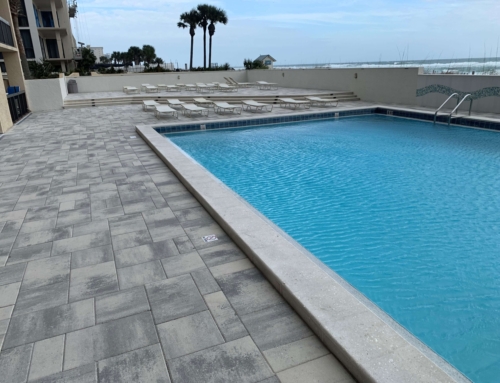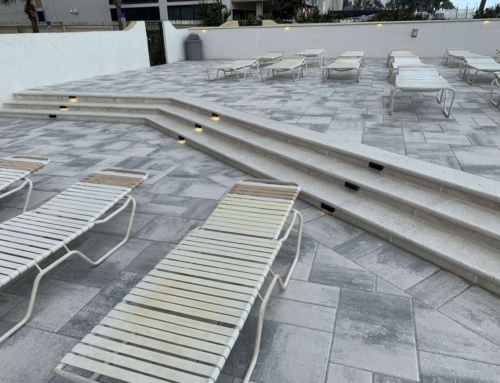Paver Retaining Walls: Choosing the Right Design
Designing a paver retaining wall that complements your outdoor space requires careful consideration of several factors. The design you choose will not only impact the functionality of the wall but also its aesthetic appeal. Here are some key elements to consider:
- Height and Length: The height and length of your retaining wall will depend on the slope of your land and the amount of soil you need to retain. For small garden beds or low terraces, a shorter wall may suffice, while steeper slopes may require a taller, more substantial wall.
- Location: Consider where the wall will be located in your landscape. Will it be a focal point, or will it blend into the background? The location will influence your choice of materials, colors, and overall design.
- Purpose: Determine the primary function of the wall. Is it purely decorative, or does it need to support significant soil weight? The purpose will guide the structural requirements and design features.
- Budget: Your budget will play a significant role in determining the materials and complexity of the design. While natural stone pavers may offer a more luxurious look, concrete pavers can provide a cost-effective and durable alternative.
Popular Design Styles
Once you’ve considered the basics, you can explore various design styles that suit your taste and landscape:
- Modern: Clean lines, minimalistic patterns, and neutral colors define modern paver retaining walls. This style works well in contemporary landscapes with sleek, uncluttered designs.
- Rustic: For a more natural, earthy feel, rustic designs often incorporate irregularly shaped stone pavers with rough textures. This style blends seamlessly with natural surroundings, like wooded areas or gardens with native plants.
- Traditional: Traditional paver retaining walls often feature symmetrical patterns, such as running bond or stacked stone. Brick or natural stone pavers are commonly used in this style to create a timeless, classic look.
Incorporating Paver Retaining Walls into Your Landscape
To make the most of your paver retaining wall, consider how it will integrate with other elements of your landscape:
- Blending with Existing Features: Your retaining wall should complement existing features like patios, walkways, and gardens. For instance, if you have a brick patio, consider using brick pavers for the retaining wall to create a cohesive look.
- Creating Terraces: If you have a steep slope, consider building multiple retaining walls to create terraces. This not only stabilizes the soil but also creates additional planting areas or seating spaces.
- Adding Functional Elements: Enhance your retaining wall by incorporating functional elements like steps, seating areas, or planters. These additions can increase the usability of your outdoor space while adding visual interest.
Color and Pattern Choices
The color and pattern of your pavers will significantly impact the overall appearance of your retaining wall:
- Color Options: Choose colors that complement the natural surroundings or match other hardscaping elements in your yard. Earth tones like browns, grays, and tans are popular for their ability to blend with the landscape. Bold colors like reds or blacks can create a striking contrast for a more dramatic effect.
- Pattern Possibilities: Explore different patterns to add texture and visual interest to your retaining wall. Popular patterns include:
- Running Bond: A simple and classic pattern where pavers are laid in staggered rows.
- Herringbone: A more intricate pattern that creates a zigzag effect, adding dynamic movement to the wall.
- Basket Weave: This pattern alternates pairs of horizontal and vertical pavers, creating a woven appearance.

